ESSIAC is an anti-cancer remedy, a simple four-herb tea, revealed by an Ojibway (Chippewa) medicine man in Canada in the early 1900's to a woman with breast cancer.
The woman was healed by drinking the tea.
In 1922 a Canadian nurse named Rene Caisse was working in a northern Ontario hospital and spoke with this same lady who was about 80 years old at the time. Hearing that she had been healed of cancer by the use of this tea, Renee asked the woman how to prepare it. "My thought was that if I should ever develop cancer, I would use it," she said.
The ingredients- sheep sorrel, burdock root, slippery-elm bark and Turkish rhubarb- have been around for years (three out of four are Bible plants) and are legal and deemed safe for purchase from health-food stores and herbal distributors in the United States, Canada and throughout the world.
In 1924, Rene's aunt was operated on and the doctors found she had cancer of the stomach, with liver involvement- and told her she had 6 months to live. Rene told her aunt's doctor about the Ojibway Indian tea and asked if her aunt could try it. He gave his consent. After drinking this herbal tea daily for 2 months, Rene's aunt recovered and lived another 21 years.
The doctor, R.O. Fisher, M.D. of Toronto, was so fascinated by this miraculous recovery that together they began experimenting on mice inoculated with human cancer cells. The results were so impressive that Dr. Fisher decided to try this herbal mixture on some of his advanced cancer patients. These patients, too showed definite improvement.
Rene named the tea Essiac- her name spelled backwards. Other doctors heard about it and began sending her their advanced cancer patients. Rene gave some of the Essiac ingredients by injection- because it worked faster that way- and the rest were given as a tea to drink. If all of the ingredients were injected, it caused a violent reaction. Unfortunately,, which herbs went into the injectable solution is not known. Essiac is used today only as an herbal drink, containing all four herbs.
In 1925, a doctor persuaded Rene to treat a woman who had cancer of the bowel complicated by diabetes. Since no one knew what effect Essiac would have on a patient taking insulin, her doctor , Dr. J.A. McInnis, said he would discontinue the insulin, and if the diabetic condition got worse she could take it again. "To our surprise," said Rene, "the diabetic condition improved with the Essiac...and continued to improve until there wasn't any diabetes at all."
As for the cancer in her bowel, according to Rene: "At first it became larger and harder and almost caused an obstruction in the bowel. However, after a few more treatments it softened and reduced in size until it entirely disappeared...Essiac treatments were discontinued after about 6 months of weekly injections and the patient continued in good health."
In 1926, Dr. Frederick Banting, co-discoverer of insulin, reviewed this case and concluded: "Essiac must actuate the pancreatic gland into normal functioning, otherwise the patient would have had to take treatment for the rest of her life, just as she would have had to take insulin."
No diabetic should stop taking prescribed medication on the basis. There are records of diabetic patients who were taking insulin and were able to stop it completely after the use of this herbal formula. Consultation with a qualified health practitioner is important before making changes.
On the strength of what doctors were seeing with their own eyes, in 1926, eight of them signed a petition to the Department of National Health and Welfare in Ottawa asking that Rene be given facilities to test her remedy on a large scale. In their petition they said: "We believe the treatment for cancer by Rene Caisse can do no harm and that it relieves pain, will reduce enlargement and will prolong life in hopeless cases. To the best of our knowledge, she has not been given a case to treat until everything else has been tried without effect, and even then she was able to show remarkably beneficial results."
In response, Ottawa's Department of Health and Welfare sent two doctors with warrants for her arrest. "But when they found that I was working with nine of the most eminent doctors in Toronto," said Rene, "they did not arrest me." In fact one of them, Dr. W.C. Arnold, was so impressed that he arranged for Rene to continue her work at the Christie Street Hospital Laboratories.
THOUSANDS CAME TO SEEK A NEW CHANCE
News of these miraculous recoveries spread quickly, with an ever increasing stream of patients (about 30 a day) coming to Rene's apartment for treatment.Soon neighbors began complaining about the congestion of cars and people. She took cases diagnosed as incurable. To avoid constant threats of arrest, several doctors and patients helped Rene get permission from Dr. J.M. Robb, the minister of Health to treat patients. "Dr. Robb told me I wouldn't be interfered with again as long as I didn't make a charge for my treatments, and had a written diagnosis of cancer from a doctor for each patient."
In 1935, Bracebridge, the little town where Rene lived, near Toronto, leased a building to her for $1 per month, to use as a clinic. This came about when a local doctor, Albert Bastedo, M.D., referred a terminally ill patient with bowel cancer to Rene, and the patient recovered. The doctor was so amazed at this recovery that he convinced the town council to give her an old hotel that had been closed for nonpayment of taxes.
"Here, for almost eight years, I treated thousands of patients, most of them given up as hopeless after everything in medical science had failed," said Rene. She did it free of charge always under a doctor's supervision. Dominion Street was as crowded as the shrine at Lourdes with people seeking a new lease on life. Some were carried. Many were brought by ambulance- and their first treatment had to be given to them in the ambulance. but after a few treatments they were able to walk into the clinic by themselves each week, some traveling hundreds of miles to do so. They came from all over Canada and the United States.
She had to turn people away who came without a written diagnosis from a doctor. (Some doctors refused to give it.) "They would beg me to treat them....It was very heartbreaking at times. Sometimes visiting doctors would examine these patients and give them a written diagnosis in pity for the patient."
Rene accepted small voluntary contributions, never more than $2, that barely covered her expenses, and kept bill collectors hammering at her door for the next 40 years. She refused to profit from Essiac, although she was offered thousands of dollars to sell exclusive rights to the recipe.
GIVEN DAYS TO LIVE, HER MOTHER RECOVERS
Shortly after the clinic opened, Rene's 72-year-old mother was diagnosed with cancer of the liver, inoperable because of a weak heart. One of Ontario's top specialists, Dr. Roscoe Graham, said she had only days to live. He said her liver was "a nodular mass." Rene began giving daily injections of Essiac to her mother, who had not been told she had cancer, telling her only it was a tonic to make her feel better. After 10 days, Rene's mother rallied, regained her strength, and completely recovered, living another 18 years before passing away at age 90, "with no pain, just a tired heart."
"This repaid me for all of my work," said Rene, "giving my mother 18 years of life which she would not have had, and made up for a great deal of the persecution I had endured at the hands of the medical world."
"During this time many, many doctors, surgeons and scientists visited my clinic, read case histories, examined patients and watched me administer Essiac treatments," said Rene. "Doctors from many parts of the United States came and brought or sent patients."
Dr. Emma Carson, a Los Angeles doctor, traveled to Bracebridge in the summer of 1937 to see for herself if there was any truth to news stories of the impressive results Rene Caisse had been getting with Essiac. She was skeptical and intended to stay only a few days. She wound up spending nearly a month, scrutinizing the records of over 400 patients and examining many of them.
The Huntsville Forester, a Canadian publication, quotes her as saying: "I am simply amazed at what I have found..The farther I investigate, the stronger becomes my conviction that Miss Caisse has made a cancer treatment discovery of world-wide importance.
In a press release picked up by several newspapers, Dr. Carson wrote: "The vast majority of Miss Caisse's patients are brought to her for treatment after Surgery, Radium, X-Rays, Emplastrums, etc. had failed to be helpful, and the patients were pronounced incurable or hopeless cases. Really the progress obtainable and the actual results from "Essiac" treatments and the rapidity of repair was absolutely marvelous and must be seen to be believed."
In a five-page report, Dr. Carson wrote: "I also visited, examined and obtained data at patients' homes where they were pursuing their business vocations as ably as if they had never experienced the afflictions of cancer...I could scarcely believe my brain and eyes were not deceiving me, on some of the most seriously afflicted cases... "Several prominent physicians and surgeons who are quite familiar with the indisputable results obtained in response to 'Essiac' treatments...conceded to me that the Rene M. Caisse 'Essiac' Treatment for cancer is the most humane, satisfactory and frequently successful remedy for the annihilation of cancer 'that they had found at that time'..."
Dr. Benjami Guyatt, a professor of anatomy at the university of Toronto, was another independent investigator. He made dozens of inspections of Rene's clinic during the 1930s, and wrote as follows:
" In most cases, distorted countenances became normal and pain reduced as treatment proceeded. The relief of pain is a noticeable feature, as pain in these cases is very difficult to control. On checking authentic cancer cases, it was found that hemorrhage was readily brought under control in many difficult cases. Open lesions of the lip and breast responded to treatment. Cancers of the cervix, rectum and bladder had been caused to disappear. Patients with cancer of the stomach, diagnosed by reputable physicians and surgeons, have returned to normal activity."
"The number of patients treated in this clinic are many hundreds and the number responding wholly or in part, I do not know. But I do know that I have witnessed in this clinic a treatment which brings about restoration, through destroying the tumor tissue, and supplying that something which improves the mental outlook of life and facilitates re-establishment of physiological function. It is my privilege to do all in my power to bring the cancer sufferer this remedy 'Essiac' which has brought relief and restored health to many in the past."
According to Rene, Dr. Guyatt visited her clinic almost every month for 3 years. "But,' She wrote, 'in spite of these good reports and petitions signed by the doctors, the Royal Cancer Commission reported that they had found no benefit in the treatment."
In 1938, over 55,000 people, including many doctors, signed a petition supporting a bill that had been presented to the Legislature of Ontario to allow Rene to continue treating patients who had been deemed incurable by doctors, without constant harassment from the Ontario Ministry of Health and the threat of arrest for practicing medicine without a license, using an unapproved method. refusing to reveal the exact herbs used in Essiac, and refusing to confine herself to testing it exclusively on mice.
As for practicing medicine with out a license, She said, "I am a nurse, not a doctor, therefore I always made sure that every case was diagnosed by a qualified physician, and as often as possible administered treatment under the observation of doctors."
As for confining herself to testing it exclusively on mice, She said,"I felt it was inhuman for them to ask me to give up treating patients while I showed them whether it would work on mice... I have done a great deal of animal research...I found that on mice...after 9 days of Essiac...the growth would regress until it was no longer invading the living tissue."
Rightly or wrongly she never revealed which herbs she used, or how, to anyone except a few close friends sworn to secrecy.
Rene had a compelling reason for not revealing her recipe. She said that every herbal remedy researchers got their hands on disappeared once they got its formula-discredited in favor of far more expensive drugs and treatments. She said she would have gladly given her formula to the medical community if only they had conceded that Essiac had some merit, and had promised that it would be used to help suffering humanity. But they refused.
So she kept her secret- until a year before she died. At that point, she sold the formula for $1 to a drug company she thought would distribute it widely. But tests dragged on- and were still going on when she died at age 90 (following hip surgery). Rene was fed up. She wanted it used immediately on suffering humanity.
Rene freely admitted that a great many of the people who came to her could not be helped, and that all she could hope to do was make them comfortable, and perhaps extend their lives a bit. She said this treatment made tumors smaller, after six to eight treatments, and easier to remove surgically, with much less risk of spreading; that it relieved pain, prolonged life and that in some patients not too far gone, remission was possible.
The Royal Cancer Commission rejected Essiac as having any merit as a cancer remedy, in March 1939, saying they had no choice , since they had no idea what was in it. Rene said she'd gladly reveal what was in it, if they would admit that people had been helped by it. They refused even though 387 people (all former patients of Rene) came to testify before the Commission panel made up of six doctors, surgeons, radiologists and diagnosticians. Only 49 of the 387 were allowed to testify. They all said she had saved their lives after they had been diagnosed as incurable- with very little time left- by doctors and specialists.
In 1942, Rene Caisse, fearing imprisonment, closed her clinic. For the next 30 years, she continued to treat patients in great secrecy in her home. She was constantly under surveillance by officers of the Canadian Health Department, facing a 7- year prison sentence if caught giving anything to help a cancer patient. When people came to her begging for help, she'd give them some free Essiac, pleading with them to hide it until they were safely out of sight.
"REMARKABLE BENEFICIAL RESULTS"
In 1959, at the age of 70, Rene was invited by Dr. Charles Brusch- President Kennedy's Physician- to treat both terminal cancer patients and laboratory animals with Essiac, at the Brusch Medical Centre in Massachusetts. This she did, under the supervision of 18 doctors. After 3 months, Dr. Brusch and his research director, Dr. Charles McClure, issued this statement:
"Essiac has been shown to cause a decided recession of the mass and a definite change in cell formation in mice...Clinically, on patients suffering from pathologically proven cancer, it reduces pain and causes recession in the growth; patients have gained weight and shown improvement in their general health..
Remarkably beneficial results were obtained even in those cases at the 'end of the road' where it proved to prolong life and the quality of that life...This...has convinced the doctors at the Brusch Medical Centre that Essiac has merit in the treatment of cancer. The doctors do not say that Essiac is a cure, but they do say it is of benefit. It is non-toxic..."
While Rene was at the Brusch Medical Centre in 1959 questionaires were sent out to some of her former patients, to see if they were still alive , and if they ever had a recurrence. And from time to time, Rene herself sent out letters of inquiry. Signed statements came back as follows:
* Mr. Tony Bozuik, 22 years, no recurrence (40 years by 1977, age 79).
* Mr. Jack Finley, 20 years, no recurrence (age 60 in 1959).
* Mrs. E Forsythe, 24 years, no recurrence.
* Mr. Wilson Hammell, 22 years, no recurrence (39 years by 1976).
* Mr. Walter Hampson, 15 years, no recurrence.
* Mrs. Lillian Heller, 11 years, no recurrence.
* Miss May Henderson, 20 years, no recurrence.
* Mrs. D. H. Laundry, 11 years, no recurrence (age 78 in 1959).
* Mr. John McNee, 30 years, no recurrence (age 91 in 1959).
* Mrs. Nellie McVittie, 23 years, no recurrence (age 65 in 1959).
* Mr. Herbert K. Rawson, 28 years, no recurrence.
* Mrs. Jessie Slater, 11 years, no recurrence.
* Mrs. J.H. Stewart, 16 years, no recurrence (age 76 in 1959).
* Mr. Norman Thompson, 20 years, no recurrence.
* Mrs. Clara Thornbury, 22 years, no recurrence, (age 75, lived to age 91).
* Mrs. G. Tibble, 25 years, no recurrence.
* Mrs. Eliza Veitch, 18 years, no recurrence.
* Mr. Frank Walter, 20 years, no recurrence (37 years by 1976).
* Mrs. Lizzie Pearl Ward, 14 years, no recurrence.
* Mrs. Hattie M. Wurts, 20 years, no recurrence.
On November 5, 1977 a Winnipeg newspaper, the Free Press, quoted Dr. Charles Brusch, M.D. as saying: "I am 100% for Essiac or I would not have been using it...I never use the word cure because they'll always say there has been a remission. But there will be a control for cancer- like high blood pressure or diabetes. You'll be able to control it." In 1990, Dr. Brusch was still endorsing Essiac. He claimed to have been using it himself since 1984, when he had several cancer operations. "I have in fact cured my own bowel cancer," he claimed,"the original site of which was the lower bowels, through Essiac alone."
DISCLAIMER:
It must be stressed at the outset that in giving this information, no cancer cure is claimed. No one can guarantee pain relief or cures, nor is any food a cure-all for any aliment. You are advised to seek a doctor's advice immediately for any condition you may have. Self-treatment is not recommended, nor should any foods listed here be used as the sole means of treating any ailment, unless your doctor approves.
Today, premixed, commercially prepared Essiac is unapproved for marketing in the United States and Canada as an anti-cancer medicine. A number of over-the-counter herbal products have sprung up, sold only as herbal tea, that claim to contain the same herbs Rene Caisse used.
I prefer and recommend that you buy the herbs you need and mix them yourself. You will then know that you are safely using Rene's exact formula.
In January 1995, in a move to guarantee public access to Essiac, Rene's close friend and assistant for over 40 years, Mary McPherson, turned over notarized copies of the original Essiac formula in Rene Caisse's handwriting to the Town of Bracebridge in a simple ceremony at the town hall. Shortly afterward, the recipe was printed in its entirety in both the Bracebridge Herald-Gazette (January 11, 1995 and the Bracebridge Examiner (March 29, 1995).
Mary McPherson first met Rene in 1935 when her mother was suffering from cancer, and received treatments at Rene's clinic. Her mother was cured, and lived another 30 years, in good health, passing away in 1965, at the age of 86.
Mary then worked with Rene, helping her brew the Essiac, assisting her in running the clinic and looking after patients.
In 1945, Mary's own husband, Clifford, was stricken with cancer. She says that Rene's Essiac treatment cured him , and he lived another 36 years, passing away at the age of 81.
Although she worked with Rene for over 20 years, helping her brew Essiac, she says she never knew the specific ingredients until after Rene's death in 1978.
"Rene always told me there was an envelope with my name on it in a dresser drawer in her house on Hiram Street," Mary recalls, "and I was to have it once she passed away. The envelope contained the recipe for Essiac."
Today, Essiac is regarded as a wacko folk remedy by most doctors in the United States, where few people have ever heard of it. But in Canada, primarily in Ontario and British Columbia, it is taken very seriously by thousands who swear it saved their lives, or the lives of loved ones.
Because it has never been proven officially- even though its supporters have included a Premier of Canada, a Health Minister, numerous prominent doctors, and President Kennedy's personal physician- it can't be called a cure for anything.
DISCLAIMER:
Clearly, in the absence of strong scientific evidence, Essiac cannot -and should not -be relied on as the sole means of treating any serious or life threatening condition. It should be discussed with your doctor, reviewing all the evidence, and used only with his or her approval.
ESSIAC TEA RECIPE: Rene Caisse's original recipe.
1 pound (16 oz.) of sheep sorrel herb (powdered)
6-1/2 cups (52 oz.) of burdock root (cut)
1/4 pound (4 oz) of slippery elm (inner bark) (powdered)
1 ounce Turkish rhubarb root (powdered)
Mix these ingredients thoroughly and store in a glass jar in a dark dry cupboard.
Take a measuring cup. Use 1 ounce of herb mixture to 32 ounces (1 quart) of water depending on the amount you want to make.
Boil hard for 20 minutes (covered) then turn off heat but leave sitting on stove overnight, covered.
After it has been sitting for 10-12 hours heat steaming hot and let settle for a few minutes, then strain through a fine strainer into hot sterilized bottles. (Cap while hot.) Let sit to cool. Store in dark cool cupboard if sealed. Must be refrigerated when opened.
This recipe must be followed exactly as written. I use a granite preserving kettle (10-12 quarts), 8 oz. measuring cup, small funnel and fine strainer to fill bottles."
This recipe produces a large amount of Essiac (6 quarts or 192 1-ounce doses), presumably because it's the recipe Rene used in the 1930's when she prepared it for hundreds of people at a time. That's a 6-month supply, at the rate of an ounce a day. You can make larger or smaller amounts using the basic proportion of 1 ounce of herb mixture to 32 ounces of water.
Rene always used a measuring cup, never a scale. Most herbalists recommend granite or stainless steel pots, amber glass bottles with airtight caps, a small fine mesh stainless steel strainer, a large stainless steel spoon, a stainless steel funnel, pure spring water or sodium free distilled water. Once opened it must be stored in a refrigerator but NEVER frozen.
DOSAGE:
Reportedly, these are Rene's instructions for taking Essiac-
1. Take 1 ounce of Essiac with 2 ounces of warm water every second day at bedtime, on an empty stomach, at least 2-3 hours after supper.
2. Do not eat or drink anything for at least 1 hour after taking Essiac.
3. Do not take any medications at the same time as Essiac. Allow at least 3 hours between them. Or ask your doctor if they can be taken sooner.
4. Continue the treatment for 32 days, then take the treatment every 3 days.
5. Once you start using a bottle of Essiac, keep it refrigerated but never in the freezer.
Rene believed that small amounts of Essiac over an extended period of time were safer than frequent stronger doses.
ON A PERSONAL NOTE-
I first heard of Essiac from an herbalist that I was training under. At the time I had been diagnosed with a serious cancer. I refused medical intervention and with the help of my herbalist and Essiac, I was able to recover completely from the cancer. It has been about 12 years and I am healthier than I was before the cancer. I continue to take the Essiac whenever I know that I need to. It has so many benefits to the immune system and the entire glandular system as well. I Highly recommend it even just as a tonic.
Over these many years I have seen the results of others using Essiac.
I source my Essiac herbs from the Bracebridge Muskoka Natural Food Market. Their herbs are just as Rene used and they are careful to select them and mix them properly.
Please feel free to contact me if you wish to through my email address.

Monday, February 2, 2009
Subscribe to:
Post Comments (Atom)

.bmp)
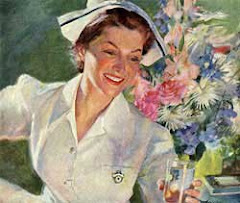.bmp)

.bmp)


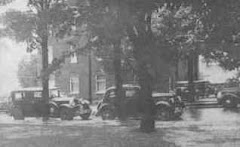
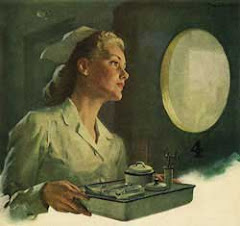.bmp)
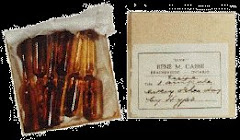
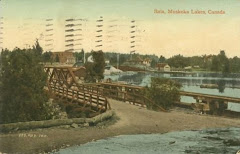.bmp)
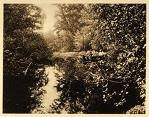.bmp)
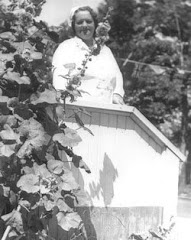.bmp)
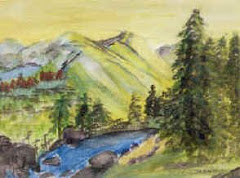


.bmp)
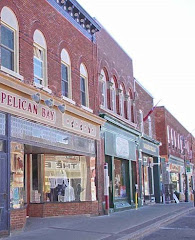.bmp)


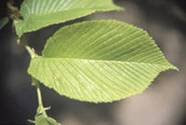
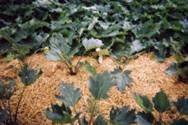
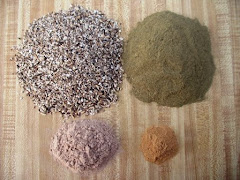.bmp)
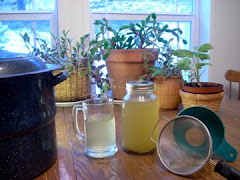.bmp)
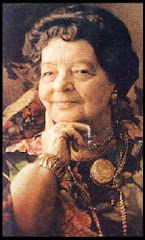.bmp)
.bmp)
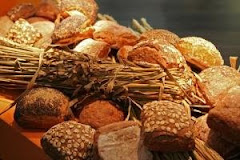.bmp)
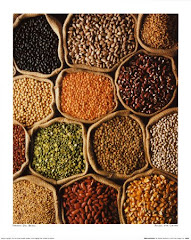.bmp)

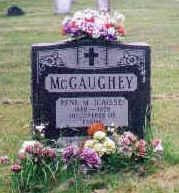
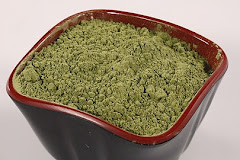.bmp)
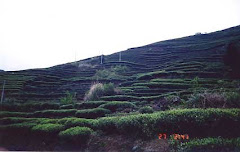.bmp)
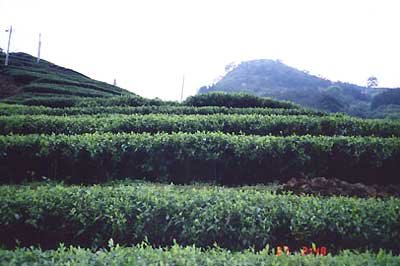.bmp)
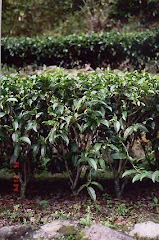.bmp)
.bmp)
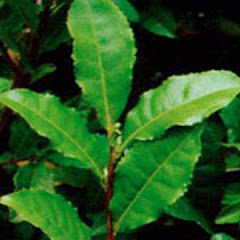.bmp)
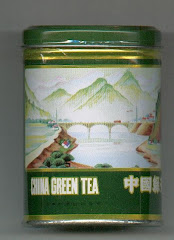.bmp)
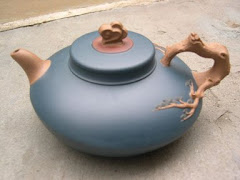.bmp)
.bmp)
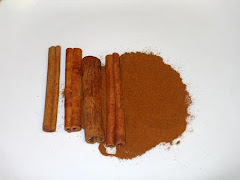.bmp)
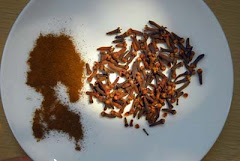.bmp)
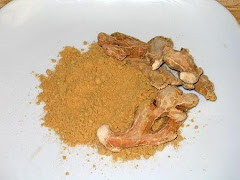.bmp)
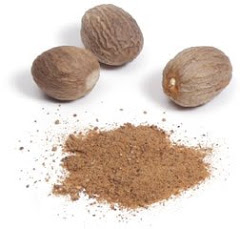.bmp)
.bmp)
.bmp)
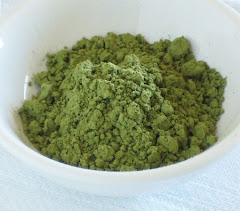.bmp)
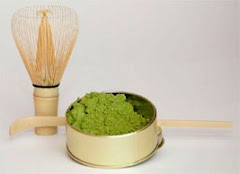.bmp)
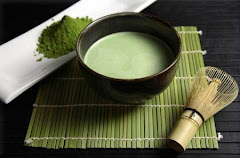.bmp)
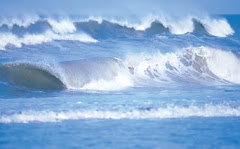.bmp)




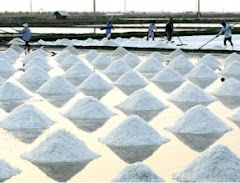.bmp)
.bmp)
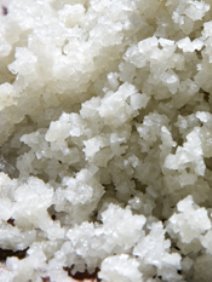.bmp)



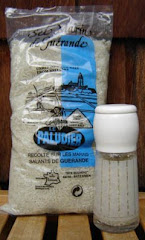.bmp)
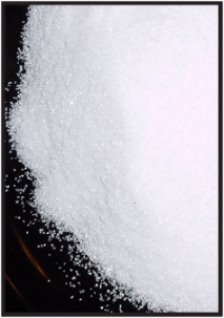.bmp)
.bmp)
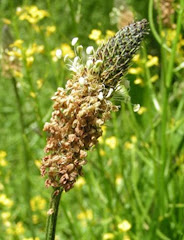.bmp)
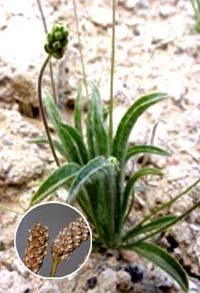.bmp)
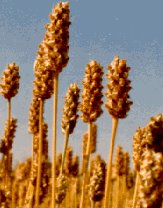.bmp)
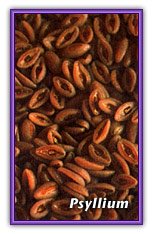.bmp)
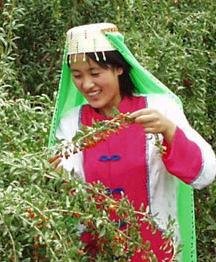.bmp)
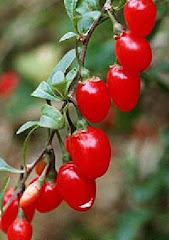.bmp)
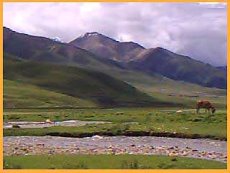.bmp)
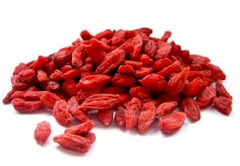.bmp)
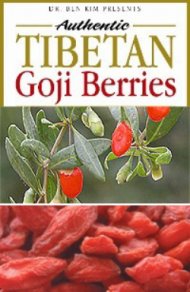.bmp)
.png)
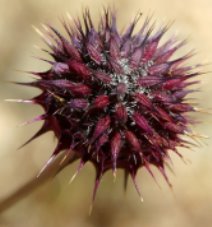.bmp)
.bmp)
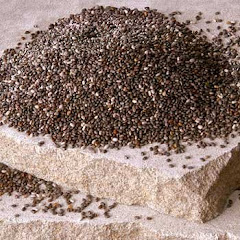.bmp)
.bmp)
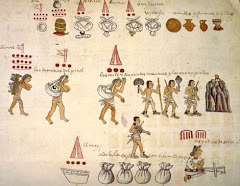.bmp)
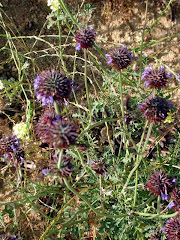.bmp)
.bmp)







.bmp)
.bmp)
.bmp)
2 comments:
Thankyou for this detailed account. I will check into it at the store.
Thank you so much for such a beautiful story! Maybe you know what Rene said about food intake during cancer treatment with Essiac. Especially meat and meat products. My email: emroginsk@gmail.com cell phone: 416-917-7471 my name is Sofia
Elso, maybe your store has or know someone who has Essiac intravenous injections? Rene used it sometimes. God bless you!
Post a Comment